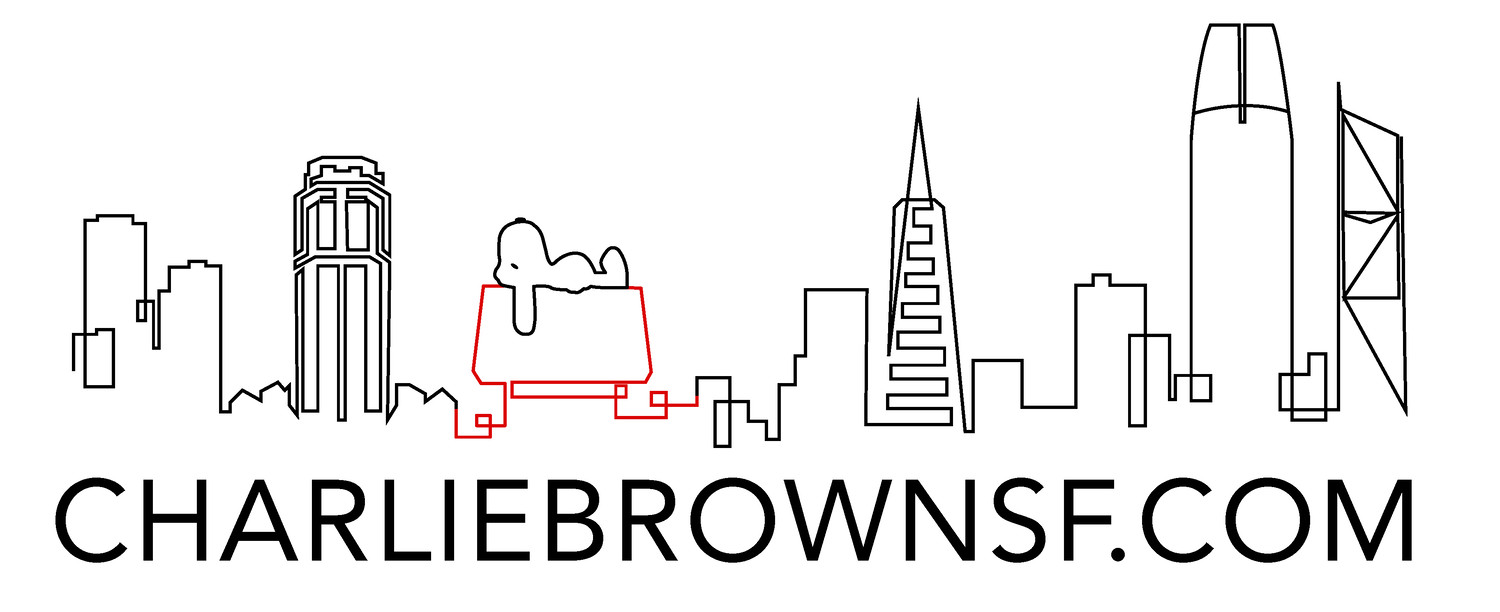Exploring San Francisco Historic Homes: Preserving Charm in Modern Times
San Francisco is home to some of the most architecturally rich historic homes in the country. From the ornate Victorians of Alamo Square to the Art Deco apartments of Nob Hill, these properties offer a glimpse into the city’s past while providing an opportunity for modern living. Preserving the charm of historic homes while integrating contemporary renovations requires careful planning and respect for architectural integrity.
Architectural Styles of San Francisco Historic Homes
San Francisco’s historic homes reflect the city’s diverse history, with influences from multiple architectural movements. Victorian homes, built between the 1850s and early 1900s, are perhaps the most iconic. Known for their intricate woodwork, decorative trim, bay windows, and steep gabled roofs, these homes come in different subcategories such as Queen Anne, Italianate, and Stick-Eastlake styles. The "Painted Ladies" of Alamo Square stand as a prime example of this era's grandeur.
Edwardian homes, which emerged between the early 1900s and 1920s, retained some of the Victorian charm but introduced a more restrained, boxier aesthetic with classical detailing. These homes, often larger and more spacious, can be found in neighborhoods like Pacific Heights and Noe Valley. Around the same time, Mission Revival architecture gained popularity, drawing inspiration from Spanish missions. These homes feature stucco exteriors, red-tiled roofs, and arched doorways, making them distinctive in areas like the Mission District and parts of Bernal Heights.
As the city continued to evolve, the 1920s and 1940s saw the rise of Art Deco homes and apartments, which are characterized by geometric shapes, streamlined facades, and decorative metalwork. Many of these buildings are still prominent in neighborhoods such as Nob Hill and the Marina. The Mid-Century Modern movement of the 1940s to 1960s introduced open floor plans, large windows, and minimalistic design, with Eichler homes in Diamond Heights being notable examples.
Modernizing Historic Homes While Preserving Their Character
Updating a historic home doesn’t mean sacrificing its charm. Instead, it requires a balance between preserving its original features and introducing modern conveniences. Maintaining decorative moldings, ceiling medallions, and wood paneling where possible helps retain a home's historic integrity. Rather than replacing hardwood floors, homeowners can opt to refinish them to bring back their original beauty. Using period-appropriate paint colors can also enhance the home's classic aesthetic.
When upgrading kitchens and bathrooms, blending vintage details with modern functionality is key. Homeowners can install state-of-the-art appliances with retro-inspired finishes to complement the period style. Subway tiles, clawfoot tubs, and vintage-style fixtures help maintain the historic appeal while providing contemporary convenience. Custom cabinetry that mirrors the original woodwork ensures a seamless transition between past and present.
Energy efficiency is another major concern for historic homeowners. Double-paned windows designed to replicate the original aesthetic can improve insulation without compromising the home's character. Adding insulation to attics and walls can be done in a way that does not disturb original structures. Upgrading electrical and plumbing systems is often necessary, but with careful planning, these changes can be implemented with minimal disruption to historic elements.
For those looking to expand, it’s essential to design additions that complement the home’s original style. Whether converting an attic or basement into livable space or adding an extension, using materials and architectural details that align with the existing home is key to maintaining cohesion. Many homeowners work with architects who specialize in historic renovations to ensure that expansions blend seamlessly with the original structure.
Challenges of Owning a Historic Home
While owning a historic home is rewarding, there are challenges to consider. Maintenance costs can be higher than those for newer homes, as older properties often require specialized repairs, such as restoring original plasterwork or repairing wooden facades. Many historic neighborhoods have strict preservation regulations, which can limit modifications to exterior features. Navigating these guidelines can require additional time and resources but is essential to maintaining the home’s historical integrity.
Another challenge is the unique nature of the real estate market for historic homes. While these properties are highly desirable, finding the right buyer when selling may take longer, as prospective homeowners often seek homes that align with their specific vision for preservation and modernization. Despite these considerations, historic homes retain significant market appeal and long-term value due to their character and connection to the city’s rich past.
Where to Find San Francisco Historic Homes
For those looking to purchase a historic home, certain neighborhoods offer a particularly high concentration of well-preserved properties. Alamo Square is known for its famous Painted Ladies and other grand Victorians. Pacific Heights features a mix of Edwardian and Victorian mansions, many of which boast sweeping views of the city. The Mission District is home to beautifully maintained Spanish Revival homes, while Nob Hill features elegant Art Deco and early 20th-century apartment buildings.
Final Thoughts
San Francisco’s historic homes offer an unparalleled mix of character, history, and modern potential. Whether restoring a Victorian, updating a Mission Revival, or modernizing an Edwardian, homeowners can blend the past with contemporary comfort. Thoughtful renovations preserve these architectural treasures while ensuring they remain functional for today’s families.
For expert guidance on buying or restoring a historic home in San Francisco, contact CharlieBrownSF today.



